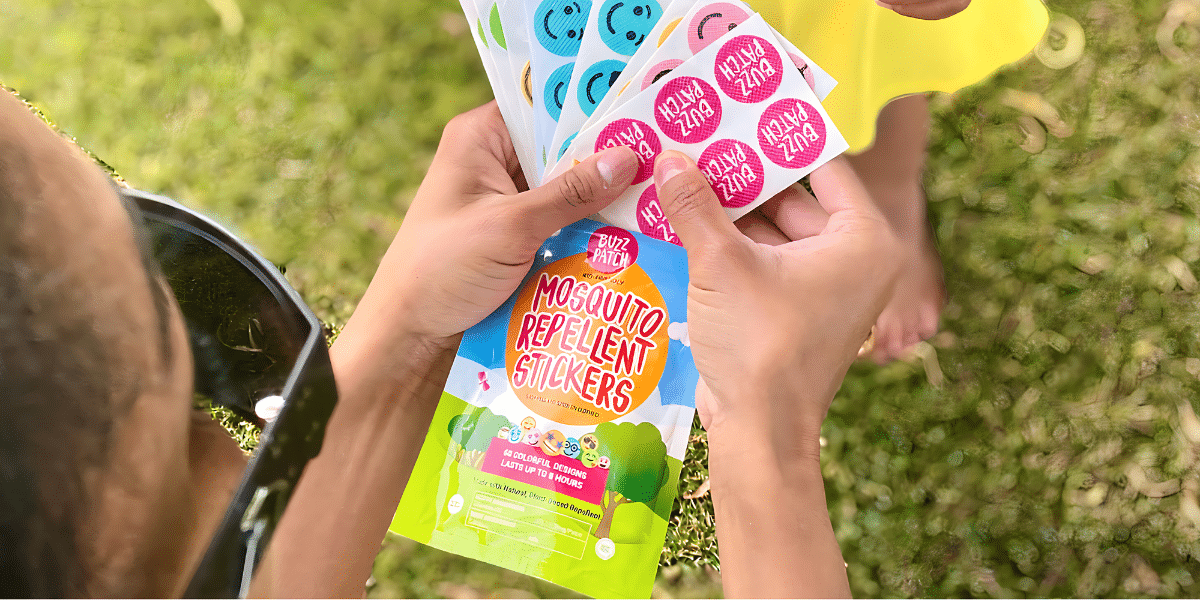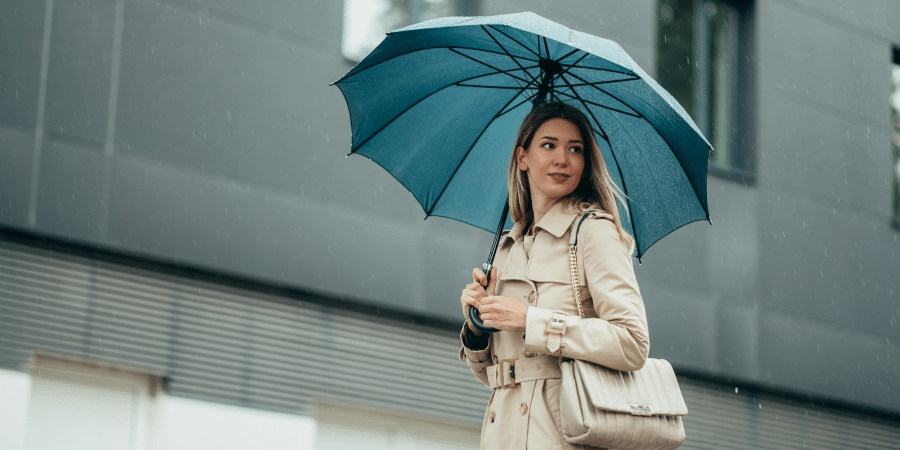Packaging plays a vital role in the e-commerce and shipping industry, serving as the safeguard for products in transit from seller to customer. It’s not just about wrapping an item; effective packaging ensures that products withstand the journey, arriving in pristine condition. The right packaging strategy combines materials science, logistics and marketing expertise to protect goods against bumps, drops and environmental factors.
The impact of packaging is not confined to protection alone; it also speaks volumes about a brand’s values and commitment to customer satisfaction. As consumers’ expectations continue to rise, companies are under pressure to deliver their products not only quickly but also undamaged. Secure packaging can help build a positive reputation and encourage repeat business, turning first-time buyers into loyal customers.
Best practices in packaging take into account factors like material strength, weight and cost-effectiveness, ensuring that the selection process is tailored to the item’s specific needs. Sustainability has also become a priority, prompting a shift toward environmentally responsible options. By staying updated with the latest advancements and techniques in packaging, businesses can optimize their operations for safety, security and customer delight.
Understanding Packaging Fundamentals
Packaging plays a critical role in protecting products during shipping and in presenting a brand to the end consumer. It’s essential to select the right materials and designs to ensure goods arrive safely and make a positive impression.
Materials and Durability
Selection of Materials: Choose materials based on the item’s fragility and value.
- Cardboard – Versatile, suitable for a wide range of products.
- Bubble Wrap – Provides additional padding for fragile items.
- Plastic Wrap – Keeps items secure and protected from moisture.
Durability Considerations: They must withstand various stressors.
- Crush Resistance – Ensures the package maintains its shape.
- Tear and Puncture Resistance – Prevents external sharp objects from damaging contents.
- Edge Crush Test (ECT) Ratings – Reflects the stacking strength of cardboard.
Design and Branding
Branding: Packaging is a brand ambassador.
- Color Scheme – Conveys the brand’s identity.
- Logos and Graphics – Enhances brand recognition.
Design Strategy:
- Functionality – Design for ease of opening and potential storage.
- User Experience – Create an unboxing experience that delights customers.
Size and Weight Considerations
Optimizing Dimensions: Match the packaging size to the item to reduce material waste and shipping costs.
- Dimensional Weight Pricing – Carriers may price based on volume, not just actual weight.
Weight Management: Keep the package as light as possible without compromising protection.
- Material Weight – Lighter materials can reduce overall shipping weight.
- Balanced Distribution – Contents should be evenly distributed to prevent shifting during transit.
Strategies for Secure Shipping
Effective packaging is crucial for the safe delivery of products. Secure shipping methods ensure items arrive intact and tamper-free.
Sealing and Tamper-proofing
Secure sealing is the first line of defense against tampering. Use strong adhesive tapes and seals that indicate if the package has been opened. For sensitive items, consider tamper-evident tapes and security labels.
- Types of Tapes: Use pressure-sensitive or water-activated tapes.
- Seal Placement: Apply tape across flaps and edges.
Cushioning and Impact Protection
The right cushioning minimizes damage from shocks and vibrations. Internal packaging should keep items from moving around.
- Materials: Use bubble wrap, foam, or air pillows.
- Method: Wrap items individually and fill voids.
Addressing and Labeling
Clear addressing and proper labeling prevent misdelivery. Include accurate information and ensure labels are legible and securely attached.
- Placement: Labels should be on the package’s largest surface.
- Information: Include sender and recipient addresses plus a contact number.
Regulatory Compliance and Customs
Understanding and adhering to regulations and customs requirements is non-negotiable.
- Documentation: Attach the necessary customs forms and invoices outside the box.
- Standards: Follow international shipping standards and carrier requirements.
Published by: Martin De Juan











